Making your marketing better for business success. Using marketing automation helps you work smarter, get better results, and keep up with others.
Marketing automation helps you do things automatically, talk to customers in a special way, and see how well your campaigns do. This lets you use data to make smart choices and make your automation strategy even better.
Understanding Marketing Automation
Marketing automation is a must for businesses. It’s not just a nice-to-have anymore. You need to understand what it is and how it has evolved over time.
Definition and Core Concepts
Marketing automation means using tools or software to handle your marketing tasks automatically, so you don’t have to do everything by hand. This includes sending emails, posting on social media, and finding new customers. It helps businesses work smarter, not harder, by automating routine tasks.
The main ideas of marketing automation are:
- Automating tasks to save time and money
- Using data to make customer interactions personal
- Checking how well campaigns do to make marketing better
| Core Concept | Description | Benefit |
|---|---|---|
| Task Automation | Automating repetitive marketing tasks | Saves time and reduces costs |
| Personalization | Harnessing data to create tailored experiences for customers. | Enhances customer connection and drives more sales. |
| Performance Analysis | Measuring and analyzing campaign performance | Optimizes marketing strategies for better ROI |
Evolution of Marketing Automation
Marketing automation has grown a lot over time. It started with simple things like scheduling emails. Now, it’s about complex tools, CRM systems, and understanding what customers want.
Technology, changing consumer habits, and the need to compete have pushed marketing automation forward. Today, it’s key for businesses to offer personalized experiences, work more efficiently, and grow.
Business Impact of Marketing Automation
Marketing automation helps you stay ahead by taking care of routine tasks automatically. This means you have more time to focus on growing your business and making it better.
Benefits for Modern Businesses
Marketing automation delivers powerful benefits for today’s businesses, such as:
- Enhanced Customer Experience: It helps send messages that feel personal and timely.
- Improved Lead Quality: Helps identify and focus on high-quality leads.
ROI and Performance Metrics
To see if marketing automation works, businesses need to watch certain numbers. They look at things like how many people convert, how much it costs to get a customer, and how much money they make. This helps them know if their plans are working and make smart choices.
Essential Marketing Automation Tools and Platforms
Many tools and platforms help with marketing automation. They suit all business sizes, from small to big. The right marketing automation tool makes marketing easier, helps with customer interaction, and boosts sales.
Enterprise-Level Solutions
Big companies use Marketo and Pardot for marketing. These tools have cool features like lead scoring and campaign management. They also give detailed analytics.
Mid-Market Options
Mid-sized businesses like ActiveCampaign and HubSpot. These platforms are affordable and have lots of features.
Small Business Automation Tools
Small businesses use Mailchimp and Sendinblue. They are simple to use and affordable. These tools help with email campaigns and managing contacts.
| Platform | Business Size | Key Features |
|---|---|---|
| Marketo | Enterprise | Advanced lead scoring, multi-channel campaigns |
| ActiveCampaign | Mid-Market | Email marketing automation, CRM integration |
| Mailchimp | Small Business | Email campaigns, contact management |
Understanding automation platforms makes it easier to pick the best one for you.
How to Use Marketing Automation Effectively
Marketing automation works best with a plan. You must set goals, find tasks to automate, and make a strategy that fits your business.
Setting Clear Automation Goals
To make marketing automation effective for your business, you need to be clear about your goals. You might want more leads, better customer interaction, or more sales. Having clear goals helps you focus and see if your plans work.
Identifying Automation Opportunities
Take a look at your marketing workflow to see which tasks you can automate and make easier. Things like follow-up emails or social media posts can run automatically, saving time and reducing errors.
Building Your Automation Strategy
Creating a good automation plan takes a few steps:
Aligning with Business Objectives
Your automation plan should help your business goals. Know what your company wants to achieve and make sure your plan helps.
Resource Allocation
To make marketing automation work well, you need the right tools, team, and budget in place. This means having the right technology, skilled people, and budget. When you invest wisely, your automation runs smoothly and delivers better results.
Implementation Timeline
Having a timeline helps you put your plan into action. Set simple goals with deadlines, and keep track of your progress to stay focused and on course.
By following these steps and keeping your plan up to date, you can make your marketing better. Remember, the secret to great marketing automation is being smart, adaptable, and focused on the customer.
Email Marketing Automation Strategies

Email marketing automation changes the game for businesses. It helps you engage with customers better. By automating emails, you can make your campaigns more personal and powerful.
Drip Campaigns and Nurture Sequences
Drip campaigns and nurture sequences are key parts of effective email marketing. They send the right emails at the right time, based on how customers interact with your brand.
Welcome Series Design
A good welcome series makes a strong first impression. It introduces new subscribers to your brand.
Re-engagement Campaigns
Re-engagement campaigns wake up inactive subscribers. Use content that clearly shows the value your brand offers.
Post-Purchase Sequences
Post-purchase sequences build loyalty. They include thank-you emails and tips on using products. They also provide special offers to encourage customers to return.
Behavioral Triggers and Personalization
Behavioral triggers and personalization help your emails connect better. They react to customer actions, making your messages more relevant and interesting.
For example, you can greet customers by their name and customize content based on what they like and do. Some good ideas include:
- Suggesting products based on what they’ve viewed.
- Sending birthday greetings with special deals
- Creating content based on what they’ve bought
Using these strategies can greatly boost your email marketing. This can lead to stronger growth and better outcomes for your business.
Social Media Automation Techniques
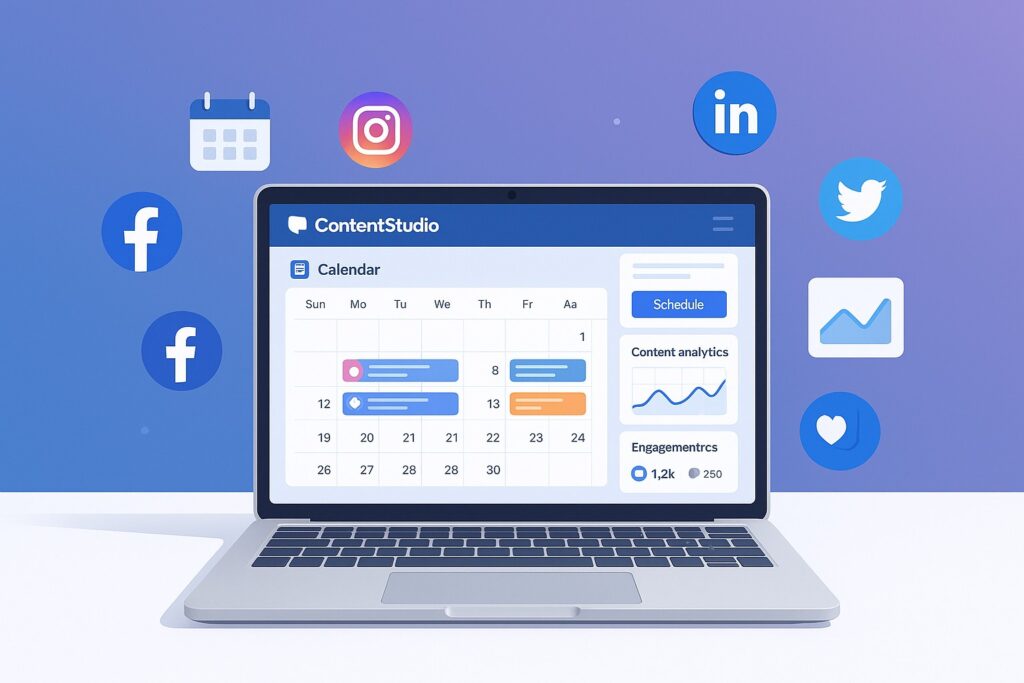
Social media automation saves businesses time by taking care of regular tasks like posting and scheduling. It helps improve your online presence, so you can focus more on creating content your audience enjoys. With the right tools and approach, managing social media becomes easier and more effective.
Content Scheduling and Publishing
Social media automation lets you schedule and publish content ahead of time. It keeps your posts going regularly, even when you’re too busy to post yourself. Tools like Hootsuite and Buffer help you plan and schedule for many platforms.
Key benefits of content scheduling include:
- Increased efficiency
- Improved consistency
- Better time management
Engagement and Monitoring Automation
Automation isn’t just for scheduling. It also makes it easier to stay connected with your audience. Tools track keywords, hashtags, and mentions. This way, you can answer comments and messages quickly.
Lead Generation and Nurturing Automation
Getting and keeping leads is key for business success today. Automating these steps makes marketing better, more efficient, and boosts sales.
Lead Scoring and Qualification
Lead scoring ranks potential customers by how valuable they are to your business. It helps find and qualify leads ready to buy.
- Give points to leads based on their actions and traits
- Give each lead a score to know when they’re ready to connect with your sales team.
- Use data to make your scoring better over time
Good lead scoring makes sure the right leads get attention first.
Automated Lead Nurturing Workflows
Automated lead nurturing sends personalized messages that help guide potential customers step-by-step toward making a purchase. It builds trust and keeps your brand in mind.
| Workflow Stage | Action | Goal |
|---|---|---|
| Awareness | Educational content | Build trust |
| Consideration | Case studies, webinars | Nurture interest |
| Decision | Personalized offers | Convert to sale |
CRM Integration Strategies
Linking your CRM with marketing tools makes lead management better. It keeps both systems updated with the latest info.
Benefits of CRM integration include:
- Unified customer data
- Improved lead tracking and follow-up
- Enhanced sales and marketing alignment
Using lead generation and nurturing automation together with a reliable CRM creates a smart and effective marketing system that really works.
Customer Journey Mapping and Automation
Customer journey mapping is very important for marketing automation. It helps you understand how customers connect and engage with your brand. This way, you can make their experience better, leading to more engagement and sales.
Identifying Automation Touchpoints
To automate the customer journey well, find important touchpoints. These might be:
- Email sign-ups
- Website visits
- Social media interactions
- Purchase history
Automating these points can make the customer experience smooth.
Creating Personalized Customer Experiences
Personalization makes customers feel special. You can do this by:
Segmentation Strategies
Split your audience into groups. This way, you can send messages that fit each group’s needs.
Dynamic Content Implementation
Use data to show content that matters to each customer. This makes their journey better.
Behavioral Targeting
Send messages based on what customers do. This makes your communications timely and relevant.
Marketing experts say, “Personalization is essential for staying ahead.” Good customer journey mapping and automation are key to this.
Data Privacy and Compliance in Marketing Automation
When you start using marketing automation, remember to focus on keeping data private and following rules. This tool handles lots of customer info.
Understanding US Regulations
The US has rules for keeping data safe, like the California Consumer Privacy Act (CCPA) and the General Data Protection Regulation (GDPR) for global businesses.
- Learn about the CCPA, which gives California people special rights over their data.
- If you work worldwide, make sure you follow GDPR rules.
Building Compliant Automation Workflows
To make sure your automation workflows follow the rules, add privacy rules to your marketing plans. This means being open about how you use data and getting the right permissions.
| Compliance Aspect | Description | Best Practice |
|---|---|---|
| Data Collection | Tell customers clearly how you collect their data. | Use easy-to-understand language in privacy policies. |
| Consent Management | Get clear consent for using their data. | Use strong systems for getting consent. |
| Data Security | Keep customer data safe with good security. | Keep security up to date and check it often. |
By knowing US rules and making sure your automation follows them, you can make your marketing work well and stay safe with data privacy laws.
Measuring and Optimizing Your Automation Efforts
To improve your marketing automation, keep tracking results and making changes. Focus on key performance metrics, use A/B testing, and always look for ways to improve.
Performance Indicators
To see if your automation is working well, keep an eye on important numbers like open rates, click rates, conversions, and return on investment. These details help you know what’s going right and what needs fixing.
A/B Testing Automation Workflows
A/B testing helps you improve your automation. It shows you which emails or pages perform the best. This helps you pick the right choice.
Continuous Improvement Strategies
Using continuous improvement strategies keeps your marketing automation strong. Always check your data, listen to feedback, and tweak your plans to get better.
By focusing on these steps, you can make your marketing automation much more effective. This will help your business thrive and reach its goals.
Conclusion
Marketing automation is a powerful way to boost your business. It makes your marketing simpler and drives stronger results. When you understand how it works, you can make your marketing do more for you.
Begin by setting clear goals for what you want to achieve with automation. Look for tasks that can be automated, like emails or social media posts, to save time and work smarter.
With the right approach, you can create more personalized experiences for your customers, attract more leads, and grow your business. Start using marketing automation today and watch your business thrive.
FAQ
What is marketing automation?
Marketing automation is using software to handle tasks like sending emails or posting on social media—without doing it all by hand.
How can marketing automation help my business?
It saves time, helps you do more with less effort, and makes your customers feel more valued—all while bringing in better leads.
What are the main benefits of using marketing automation tools?
These tools boost productivity, help you reach the right people, and keep your audience interested and engaged.
What are some common mistakes in marketing automation?
Avoid sending too many messages or making everything feel robotic. Always review your content and update your workflows for better results.
How do I make sure I’m following data privacy rules?
Know the laws (like GDPR or CAN-SPAM), get permission before sending messages, and keep customer data safe in your system.
Can I use marketing automation for social media?
Yes! You can schedule posts, manage replies, and track engagement—all from one place.
How do I get started with marketing automation?
Start by setting clear goals. Then, choose a platform that fits your needs and build a simple plan to begin automating step by step.


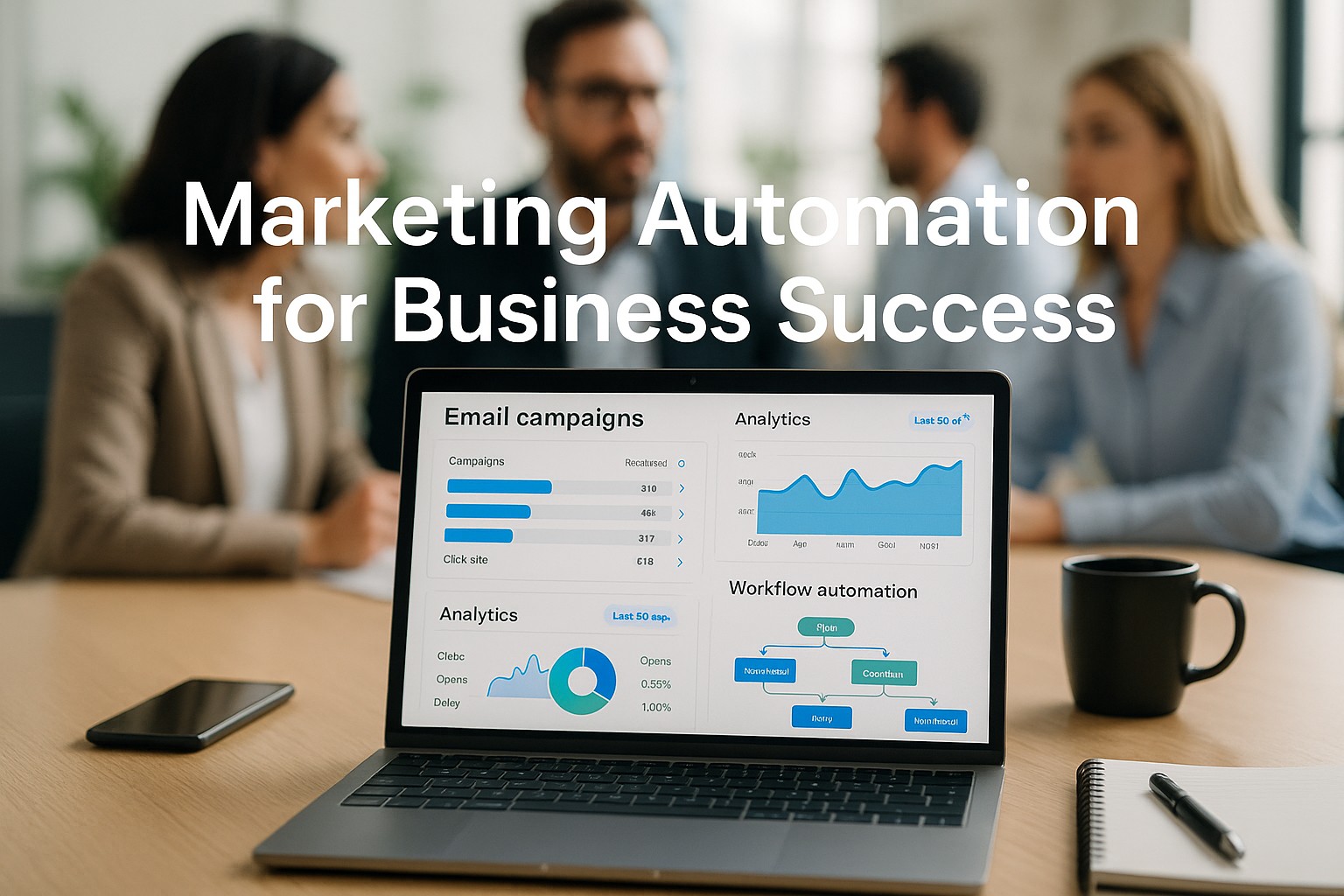
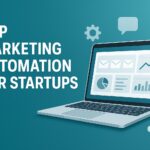



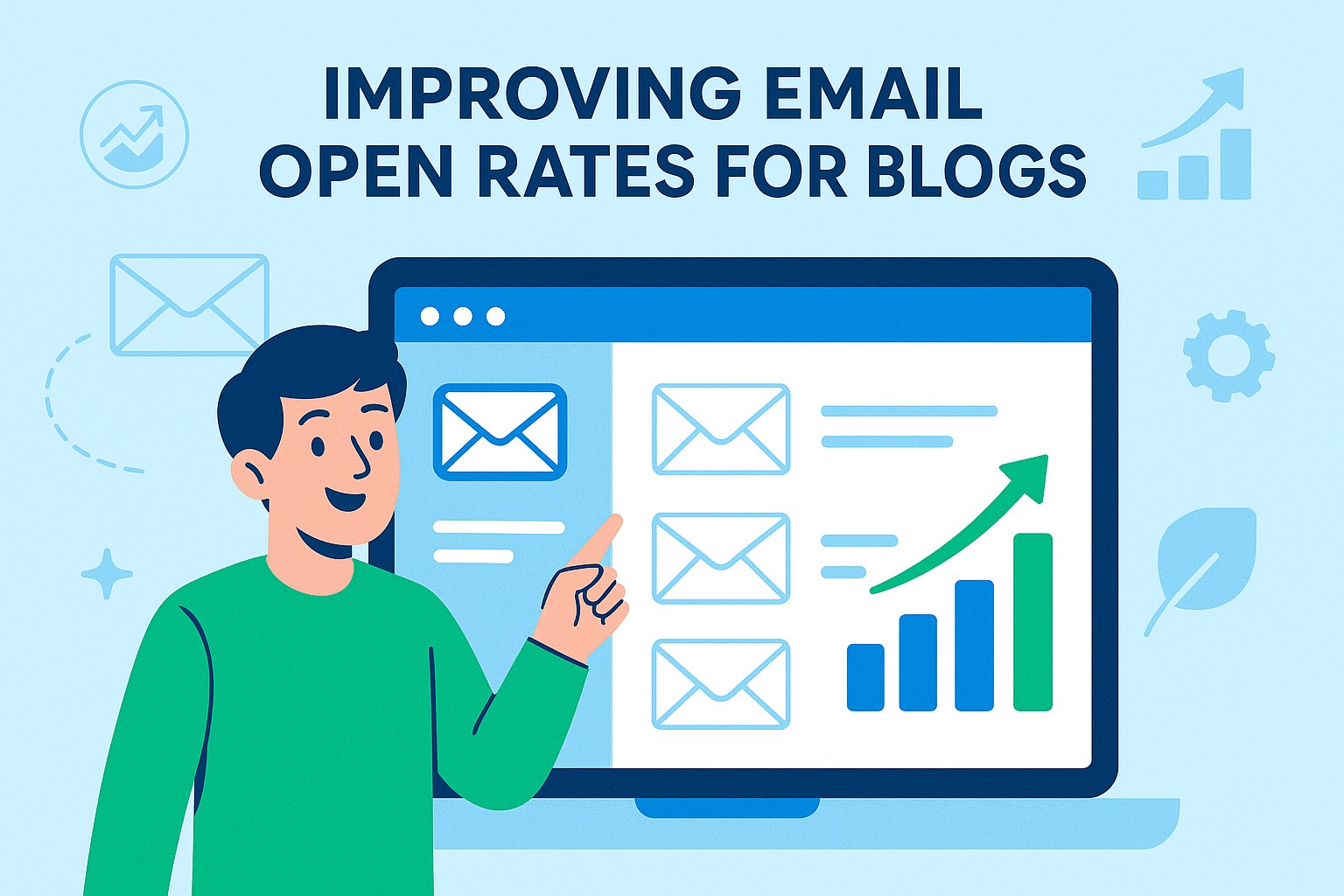

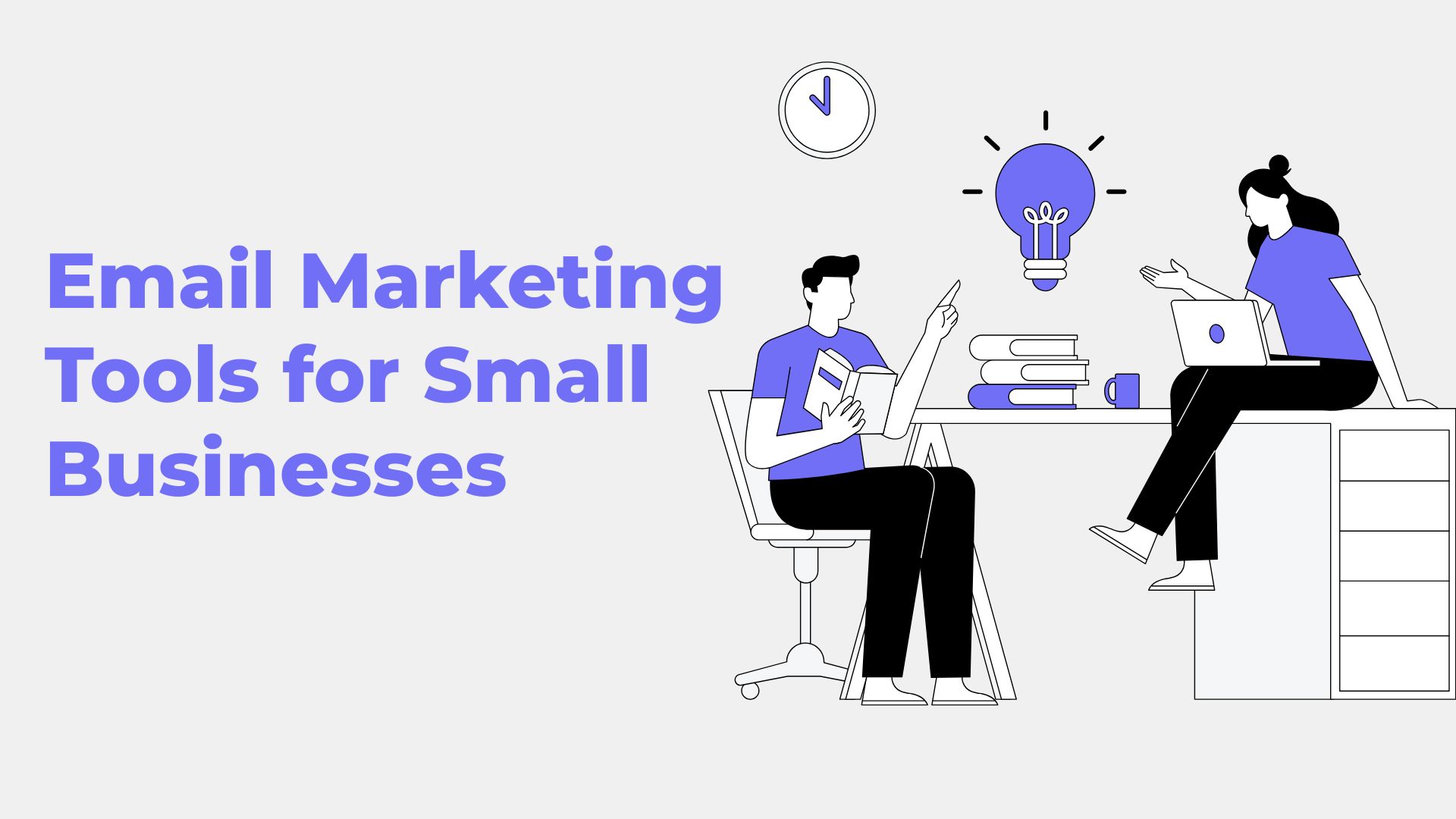
Leave a comment